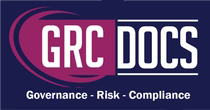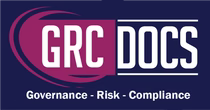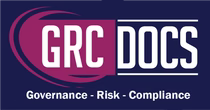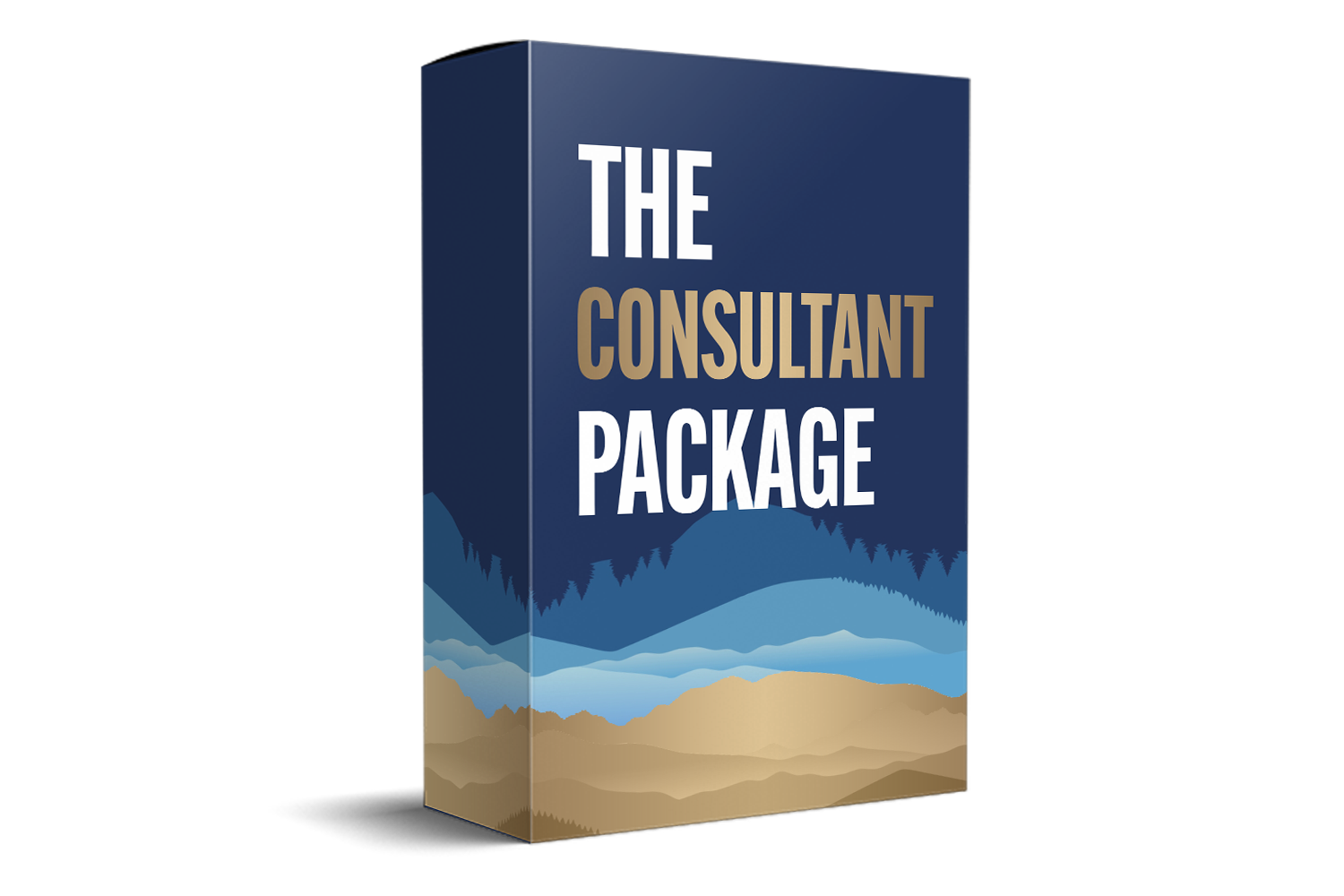SOC 2 Type 1 vs SOC 2 Type 2
Introduction
SOC 2 Type 1 is an audit report that evaluates the effectiveness of an organization’s systems and controls at a specific point in time. This type of assessment focuses on whether the organization’s systems are designed appropriately and if they comply with the established criteria, often referred to as Trust Services Criteria (TSC). SOC 2 Type 1 audits are typically conducted for new organizations looking to demonstrate their commitment to security and data protection to clients and stakeholders. In contrast, SOC 2 Type 2 delves deeper, assessing not only the design of the systems and controls but also their operational effectiveness over a specific period, usually between six to twelve months. This type of report provides a more comprehensive overview of how well the organization’s controls operate in practice, thus offering greater insights into the reliability and consistency of its security practices.

Types Of SOC 2 Reports
There are two types of SOC2 reports: Type 1 and Type 2.
SOC 2 Type 1 Report
SOC 2 Type 1 report provides an evaluation of the design and implementation of the service organization's controls related to security, availability, processing integrity, confidentiality, and privacy at a specific point in time. It provides assurance that the controls were designed and implemented effectively to meet the requirements of the Trust Services Criteria (TSC) developed by the American Institute of Certified Public Accountants (AICPA).
SOC 2 Type 1 Assessment Process
During a SOC2 Type 1 assessment, an independent auditor reviews the design of the service organization's controls to ensure that they align with the TSC criteria. The auditor evaluates the controls in place to determine whether they are suitably designed to meet the requirements. The assessment typically covers a period of time up to six months, and the auditor will provide an opinion on the effectiveness of the controls at a specific point in time.
SOC 2 Type 1 vs SOC 2 Type 2: A Comprehensive Overview
1. Understanding SOC 2 Audits
SOC 2 audits are designed to assess how effectively an organization manages the security, availability, processing integrity, confidentiality, and privacy of customer data — collectively known as the Trust Services Criteria (TSC).
While both Type 1 and Type 2 reports evaluate the same set of controls, their audit timelines, evidence requirements, and depth of assessment differ. These reports are vital for service providers that handle sensitive data such as cloud providers, SaaS platforms, and financial service companies.
2. Scope and Timeframe
-
Type 1 Audit:
Focuses on whether controls are appropriately designed and implemented at a single point in time.
Auditors verify the presence and suitability of policies, processes, and systems but do not test their ongoing performance.
Type 1 is often used by startups or companies entering the compliance process for the first time. -
Type 2 Audit:
Expands the scope to assess how well controls operate over a period — typically six months to a year.
Auditors require continuous documentation and testing evidence throughout that timeframe.
This provides stronger assurance of the organization’s ongoing compliance posture.
3. Audit Process and Evidence Collection
Both types require extensive documentation of security and operational processes.
However, Type 2 audits demand automated evidence collection, such as:
-
Access logs from physical and digital systems.
-
Records of security patching and vulnerability scans.
-
Change management and incident response records.
Organizations increasingly use trust management platforms or compliance automation tools to streamline these processes, ensuring that control evidence is accurate, consistent, and ready for review.
4. Application of the Trust Services Criteria
Both report types use the TSC framework to evaluate the organization’s internal controls:
-
Security: Protection of systems against unauthorized access.
-
Availability: System uptime and reliability.
-
Processing Integrity: Accuracy and completeness of system processing.
-
Confidentiality: Safeguarding sensitive information.
-
Privacy: Protection of personally identifiable information (PII).
Organizations can customize their audit scope to focus on the criteria most relevant to their services. For example, a SaaS company may prioritize security and availability, while a healthcare provider might emphasize privacy and confidentiality.
5. Real-World Use Cases
-
Type 1 reports are often used by organizations seeking to demonstrate readiness to clients, investors, or regulators — a sort of “snapshot of trust.”
-
Type 2 reports are leveraged by mature organizations that require ongoing verification of security operations, often for high-value partnerships or enterprise clients.
-
Cloud service providers like AWS, Azure, and Google Cloud maintain recurring Type 2 SOC 2 reports to provide consistent assurance to global customers.
6. Challenges and Evolving Practices
-
Maintaining audit readiness year-round is one of the biggest challenges for Type 2 compliance.
-
Many organizations are adopting continuous compliance models, using automated monitoring tools that integrate directly with cloud environments and IT systems.
-
The growing complexity of hybrid and multi-cloud infrastructures has increased the importance of evidence traceability — ensuring that every control action can be verified through automated logs.
7. Future Trends
-
The future of SOC 2 auditing lies in automation, AI-driven analytics, and continuous assessment.
-
Auditors and organizations are beginning to use real-time dashboards that visualize compliance health, replacing manual evidence-gathering cycles.
-
Integration between SOC 2, ISO 27001, and NIST frameworks is becoming more common, helping organizations achieve multi-framework compliance with minimal duplication of effort.
Benefits Of SOC 2 Type 1 Compliance
SOC2 Type 1 compliance provides several benefits for service organizations, including:
- Demonstrating the service organization's commitment to security and privacy to its customers and stakeholders.
- Providing assurance to customers that their data is being handled in accordance with industry standards and best practices. Thus ensuring data security.
- Meeting customer requirements for due diligence and vendor management processes.
- Identifying gaps in the service organization's control environment, allowing them to make improvements to their security posture.
SOC 2 Type 2 Report
SOC2 Type 2 report provides an evaluation of the design and operating effectiveness of the service organization's controls related to security, availability, processing integrity, confidentiality, and privacy over a period of time, usually six months or more. The report provides assurance that the controls were not only designed but also operated effectively during the period under review.
SOC 2 Type 2 Assessment Process
During a SOC2 Type 2 assessment, an independent auditor evaluates the design of the service organization's controls to ensure that they align with the TSC criteria. Additionally, the auditor evaluates the operating effectiveness of the controls to determine whether they were implemented correctly and operating effectively over the period under review. The assessment covers a period of time of six months or more, and the auditor will provide an opinion on the effectiveness of the controls over that period.
Benefits Of SOC 2 Type 2 Compliance
SOC2 Type 2 compliance provides several benefits for service organizations, including:
- Demonstrating the service organization's commitment to security and privacy to its customers and stakeholders.
- Providing assurance to customers that the controls were not only designed but also operating effectively over a period of time, which helps to build trust and confidence.
- Meeting customer requirements for due diligence and vendor management processes.
- Identifying gaps in the service organization's control environment, allowing them to make improvements to their security posture and processes.
Differences Between SOC 2 Type 1 And Type 2
There are several differences between SOC2 Type 1 and Type 2 reports, including:
- Scope: SOC2 Type 1 reports assess the design of the service organization's controls at a specific point in time, while SOC2 Type 2 reports assess the design and operating effectiveness of the controls over a period of time, usually six months or more.
- Duration: SOC2 Type 1 assessments typically cover a period of up to six months, while SOC2 Type 2 assessments cover a period of six months or more.
- Assurance: SOC2 Type 1 reports provide assurance that the controls were designed and implemented effectively at a specific point in time, while SOC2 Type 2 reports provide assurance that the controls were not only designed but also operating effectively over a period of time.
- Testing: SOC2 Type 1 assessments involve testing the design of the controls, while SOC2 Type 2 assessments involve testing the design and operating effectiveness of the controls.
- Reporting: SOC2 Type 1 reports provide an opinion on the design of the controls, while SOC2 Type 2 reports provide an opinion on both the design and operating effectiveness of the controls. Also, regular SOC 2 audits would really help organizations maintain the compliance relevance.
Which Type Of SOC 2 Assessment Is Right For Your Organization?
- If your organization is new to SOC2 compliance, it may be beneficial to start with a SOC2 Type 1 assessment. This will provide a baseline assessment of your control environment and identify any gaps or deficiencies that need to be addressed. It also demonstrates your organization's commitment to security and privacy to your customers and stakeholders.
- If your organization has already undergone a SOC2 Type 1 assessment and has addressed any identified deficiencies, a SOC2 Type 2 assessment may be appropriate. This will provide a higher level of assurance to customers and stakeholders by demonstrating that your controls have not only been designed but also operating effectively over a period of time.
- Ultimately, the decision to undergo a SOC2 Type 1 or Type 2 assessment will depend on your organization's specific needs and goals, as well as the requirements of your customers and stakeholders. It's important to work with a qualified SOC2 auditor to determine which assessment type is right for your organization and ensure that the assessment process aligns with your goals and objectives.
Conclusion
SOC2 Type 1 and Type 2 assessments are both essential for service organizations to demonstrate their commitment to protecting their customers' data and meeting industry standards. Ultimately, the decision to undergo a SOC2 Type 1 or Type 2 assessment will depend on the specific needs and goals of the organization, as well as the requirements of their customers and stakeholders.





